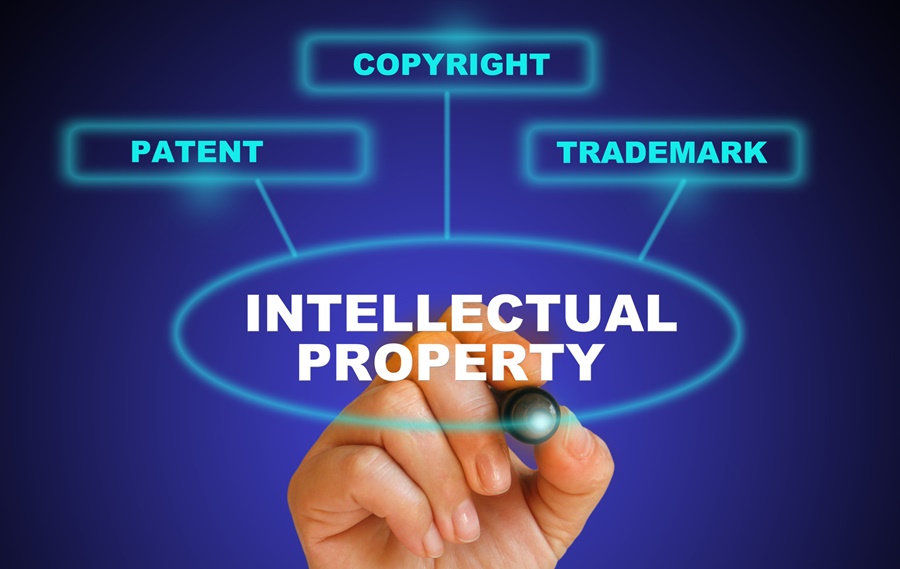
It has been my experience over the years that people are generally confused about the differences between trademarks, copyrights, and patents. Although all of them are extremely valuable forms of intellectual property, they are completely distinct from one another and serve very different purposes.
Trademarks
Trademarks are the most valuable assets a business will likely ever own. A trademark is typically a word, logo, phrase, symbol, or character that’s used in connection with the advertising and sale of products and services. Trademarks can also be sounds (the NBC chimes), colors (the Kodak yellow), and even scents (sewing thread that smells like plumeria blossoms). Some extremely well-known trademarks include APPLE, the Pillsbury Doughboy, the Nike “swoosh,” and THE ULTIMATE DRIVING MACHINE. Business owners use trademarks to distinguish their products and services from those offered by their competitors. Consumers like you and me use trademarks to identify and compare different products and services and to make our buying decisions. Trademarks are also important because they embody the qualities and characteristics of the products and services with which they’re used, while also offering consumers an assurance of quality and consistency. Finally, trademarks may be registered with the United States Patent and Trademark Office (USPTO).
Copyrights
On the other hand, copyright protects “original works of authorship fixed in a tangible medium of expression.” Such works include literature, movies, art, screenplays, websites, music, architectural works, and photographs. Contrary to what a lot of folks believe, copyright doesn’t protect ideas, themes, concepts, discoveries, or inventions. There’s also no copyright protection available for titles, short phrases, facts, or quotations. During the term of copyright protection, the protected work may not be used, displayed, reproduced, distributed, or performed without the permission of the copyright owner. Copyright is actually mentioned in the U.S. Constitution and the federal government has put copyright laws in place to encourage us to be creative and to promote the advancement of the arts. Finally, a copyright can be registered with the United States Copyright Office.
Patents
Finally, patents protect novel and non-obvious inventions for a limited time. Utility patents basically protect the way an invention functions and works, while design patents protect the ornamental appearance of an invention rather than its utilitarian features. Once a patent is issued by the USPTO, the invention cannot be commercially made, used, distributed, or sold without the patent owner’s permission. When the patent expires, the invention falls into the public domain and anyone who wants to make or sell the invention is free to do so.
Which Type of Protection Do I Need?
I’m experienced US trademark attorney Morris Turek. As you can see, there are many important and substantial differences between trademarks, copyrights, and patents. If you have any questions regarding the type of protection you need for your intellectual property, please feel free to give me a call at (314) 749-4059, send me an email (morris@yourtrademarkattorney.com) or complete my contact form (below). I look forward to hearing from you soon.
